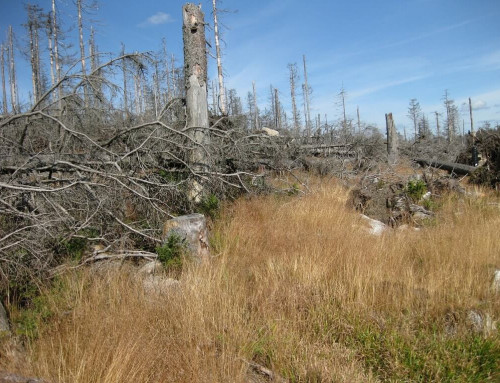
Wind transportation methods. Image credit apod.com
ZIMSEC O Level Geography Notes: Wind Action in Deserts: Wind Transport
- Wind is able to transport (move) sand and dust particles depending on its speed and flow.
- The effectiveness of wind erosion and transport depend on a number of factors:
- Aeolian movement is greatest where the winds are strong (20km/hr or more), turbulent, come from a constant direction and blows steadily for a length of time.
- The effectiveness and nature of wind transport also depends on the nature of the regolith ( weathered material).
- It is also more effective in areas where there is less vegetation cover which tend to act as wind breaks by absorbing some of the wind’s energy.
- It also depends on the material being transported for example if the material is dry and unconsolidated it can better be transported.
- Optimum wind erosion and transportation occurs in semi-arid parts of deserts.
Wind transport
- Wind moves material by three processes:
- Suspension, saltation and surface creep.
- It is important to note that each of these methods of transportation do not happen in isolation but, often all three take place simultaneous at any given time.
Suspension
- Happens when materials are very fine i.e. less than 0.15 mm in diameter.
- This means that they can be easily picked up by the wind,
- They are then raised to considerable height and carried, in the air, for great distances.
- Sand particles have been on occasion carried from the Sahara desert and deposited in Britain a great distance away.
- Suspension creates dust storms that often reduce visibility in deserts to less than a kilometer.
Saltation
- When wind speeds exceed the threshhold velocity (that is the speed required to move grain particles),
- fine and coarse-grained sand particles are lifted and rise almost vertically for several centimeters before falling again to the ground.
- When they return to the ground they follow a flat trajectory that sees them fall a short distance from where they were picked up but not in the same place.
- The particles are moved by the wind in a leap-frogging and bouncing manner.
- Even in the most severe storms the particles are rarely lifted to more than 2 meters in height thus differentiating this method of wind transportation from suspension.
Surface creep
- As particles are transported by saltation and suspension they may dislodge and push forward larger particles (i.e. those that are more than 0.25 mm in diameter).
- These are too heavy to be lifted from the ground by the wind’s energy.
- However due to continued bombardment by the smaller particles being transport by the other modes of transport they roll and gradually move over the surface of the desert.
Deposition
- Due to the occurrence of obstacles and impediments suchs as vegetation, rocks, dead animal carcases and settlements
- Materials transported by wind are eventually deposited.
- Deposition can also occur due to a reduction in wind energy.
- Wind deposition forms landforms such as barchan and seif dunes.
To access more topics go to the Geography Notes page.



